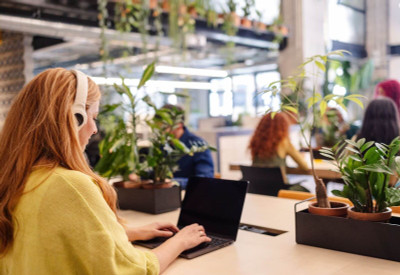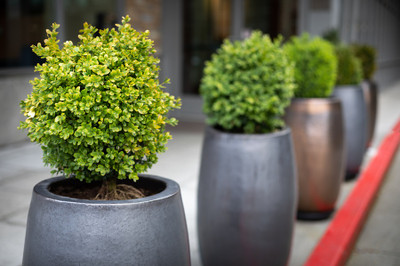Self Watering Planters 101: How They Work And Who They Are Perfect For
Posted by Jason Wyrwicz on Nov 25th 2025
Plants bring energy, color, and calm to every space. The tricky part is keeping them alive when you have a hectic schedule, a rooftop terrace far from a hose, or a team of coworkers who are great at spreadsheets but not so great at watering.
That is where self watering planters come in. They help your plants regulate their own moisture levels so you use less water, avoid guesswork, and still enjoy lush, healthy greenery.
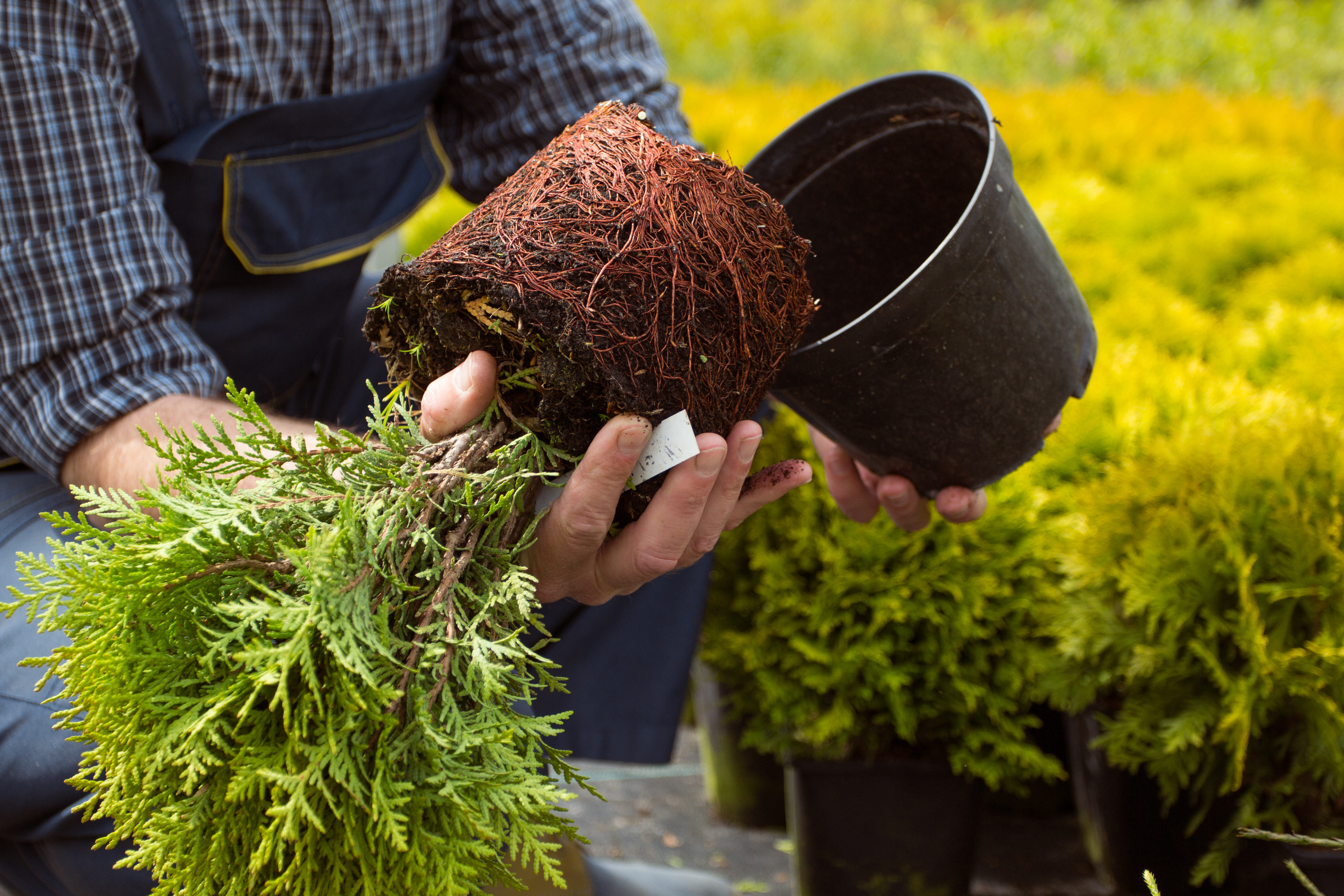
What Is A Self Watering Planter?
A self watering planter is a container with a hidden water supply built into the base. Instead of you pouring water over the top and hoping for the best, the planter quietly delivers moisture from below as the plant needs it.
Most self watering containers have three main parts:
- The planter – the top section that holds your potting mix and plants.
- The reservoir – a water tank at the bottom that you refill through a small opening.
- The wick or wicking zone – a material or strip of soil that sits in the water and pulls moisture upward.
The wick draws water from the reservoir into the soil using capillary action, similar to dipping the corner of a paper napkin into water and watching the liquid creep across the surface. As the soil dries near the roots, more water moves upward. Your plants effectively decide when and how much to drink.
How To Set Up And Use A Self Watering Planter
You only need to set it up once. After that, maintenance is minimal.
- Add potting mix
Use a high quality potting mix, not garden soil. Fill the planter, making sure the wick or wicking area is fully covered. - Moisten the soil
Before you rely on the reservoir, gently water the soil from the top until it is evenly damp and feels spongy, not soggy. This helps new roots grow down toward the moisture source. - Plant as usual
Add your plants, firming the soil around their roots and leaving a little space at the top so water does not overflow when you first water from above. - Fill the reservoir
Use the designated opening to fill the water tank. Many self watering planters include a plug or cap so the fill tube stays discreet and clean. - Let the system do the work
Once the soil is moist and the reservoir is full, the planter will begin to water from below. You can stop with frequent top watering and simply refill the tank as needed.
How Often Should You Refill The Reservoir?
Because the water is stored in a protected tank instead of sitting on the soil surface, far less is lost to evaporation. Many plants can go two to three weeks between refills. In cooler months, you may stretch that even longer. During hot spells or in full sun, you may need to top up closer to every week or every other week.
Exact timing depends on the size of the planter, the type of plant, and where it lives. Check the water level regularly at first. After a short time you will know your planter's rhythm.
Do Self Watering Planters Cause Root Rot?
Overwatering is one of the most common reasons plants fail. When roots sit in waterlogged soil, they lose access to oxygen, which allows fungal problems like root rot to develop. Drooping leaves, mushy stems, and stunted growth are all warning signs.
A well designed self watering planter is created to avoid that problem. Most have an overflow feature that releases extra water from the bottom of the pot so roots are never submerged for long periods. As long as you are not constantly topping up past the overflow level, the soil will stay moist but not swampy.
That said, self watering systems are not ideal for every plant. These containers work best for medium to deep rooted plants that enjoy steady moisture, such as many tropicals, annual flowers, herbs, and small shrubs. Very shallow rooted or desert plants, such as succulents, cacti, and some orchids, prefer to dry out completely between waterings and usually do better in traditional pots.
Who Benefits Most From A Self Watering Planter?
Plenty of people love plants but struggle to keep them alive. If any of the profiles below sound familiar, a self watering planter might be the plant partner you have been waiting for.
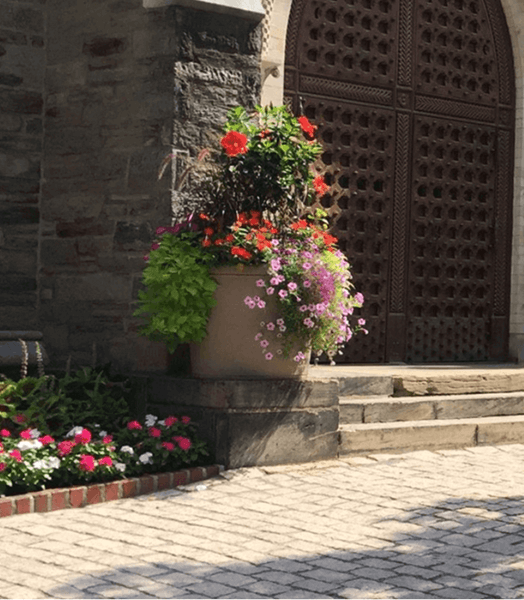
1. The “Purple Thumb”
This person adores plants but did not inherit the famous “green thumb.” No matter how many care tips they read, something always goes a bit wrong and their pots slowly turn into compost. A self watering planter removes one big variable: how much and how often to water. With consistent moisture from below, they can focus on learning the rest of the plant basics and finally enjoy a few success stories.
2. The Person With The Mile Long To Do List
Their planner is packed, their inbox never sleeps, and their to do list is as long as a receipt. Somewhere between “finish proposal” and “call the contractor,” the line that says “water plants” quietly falls off the page.
If this is you, a self watering planter keeps your greenery on a relaxed schedule instead of your busy one. Fill the reservoir when you can and let the planter handle the day to day care.
3. The Space Cadet
Creative, curious, and often in their own world, this plant lover is always chasing a new idea. They remember to buy soil, pick up a stunning plant, and set everything up beautifully. Then a week goes by, and another. When they finally look up, the leaves are drooping in protest.
With a self watering planter quietly working in the background, their latest brainstorm does not have to mean the end of another fern.
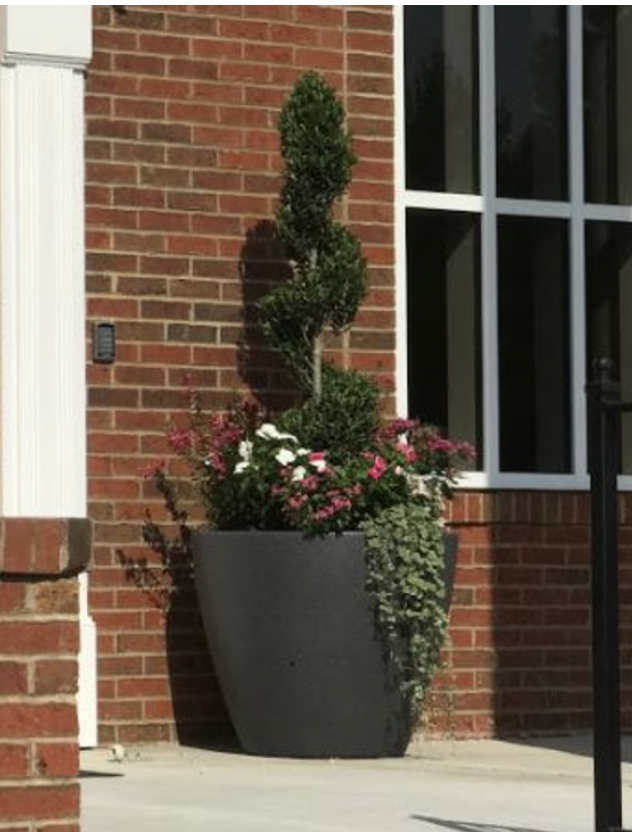
4. The Partner Who Loves Their Spouse And Their Plants
This person knows their partner is wonderful, but also knows that “I watered the plants” can mean anything from “a careful drink” to “I forgot again.” Instead of turning plant care into a recurring argument, they set the relationship and the greenery up for success with planters that are built for forgiveness.
Refill the reservoir before you travel or during busy weeks and do not worry if the watering handoff is a little less than perfect.
5. The Cubicle Gardener
Nothing brightens an office like living plants. The challenge is keeping them alive between hybrid work schedules, business trips, holidays, and long weekends. You can ask Janet from Accounting to check on your desk plants, but she is juggling her own responsibilities too.
A self watering planter takes most of the pressure off your coworkers while keeping your office jungle happy, even when the team is in and out.
6. The Jetsetter
This traveler collects both passport stamps and plants. Each new leaf has a story attached. Unfortunately, while they are gathering inspiration around the world, their plants are stuck at home waiting for the next watering.
A generous built in reservoir means the plants can stay healthy for weeks while their owner explores. Coming home to thriving greenery instead of crispy leaves makes that first step through the door much more welcoming.
Give Your Plants A Break
If you saw yourself in any of these plant lovers, you are exactly the kind of person self watering planters were made for. They conserve water, reduce daily maintenance, and dramatically lower the risk of over or underwatering so your plants can truly thrive.
Ready to make plant care easier in your home, office, or commercial space? Explore the full range of durable, design forward planters at Pots Planters & More and give your greenery the consistent care it deserves.

